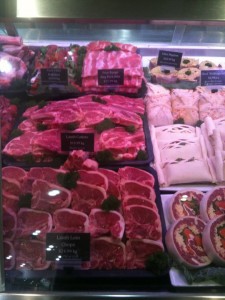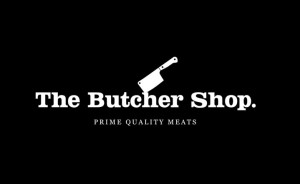FRESH IS BEST
Food plays a big part of my everyday life. I love shopping for it, I love preparing it and most of all I love eating it. Being an elite athlete I have a high energy requirement but also need a wide variety of different foods to keep my body in good shape. Do not get me wrong. My diet is not perfect. I exercise for a few hours every day so I am not afraid to treat myself every now and then. I understand what I should and should not eat and over time I have learnt what is best for my body. Everyone is different and will require different types and amounts of food depending on their lifestyle. My priorities are to meet my high energy requirements, build and repair muscle and of course stay healthy and injury free. Below are some of my favourite foods and the foods I eat most regularly. Fresh is best!!
Snacks
My snack of choice is fruit. Fresh fruit or dried fruit is a great choice to have in between meals. I usually eat 3 or 4 pieces of fruit per day as it is healthy, portable and there is so much variety. I buy all my fruit (and vegetables) from the Subiaco markets as I know it is fresh. I buy a weeks worth at a time so that I will always have some available to take with my to training or work.
Lunch
My preferences when it comes to lunch is rice cakes, tuna/chicken salad or sandwiches. In my lunch I always try and have some form of meat or fish with salad. Its a great opportunity to be creative so I try and mix up my toppings on rice cakes or crackers or make different types of salads. In the photo below I went with avocado, tomato and ricotta cheese. As you can see I like pepper. It is important to include some form of carbohydrate but that does not have to be bread so sandwiches are not your only option.
‘On the go’
For a healthy snack after training or when I am on the go I like to have a smoothie. You can buy them at most cafes but its best if you can make your own. Just simply add your fruit of choice, light milk, yoghurt, honey and some ice. Mix it in a blender and you are good to go. If you want some extra protein then add an egg or egg white. Don’t worry it wont affect the taste.
Dessert
Growing up my family always had dessert after dinner so now that I live by myself I have carried on this tradition. Certainly not for everyone and something that needs to be combined with a healthy portion controlled meal. Fruit is always a great option. My dessert of choice is fruit such as strawberries, blueberries or mango with natural yoghurt. But if I am out and about then I’ll be having dessert at one of the my favourite places. Tutti Frutti. Here they sell various flavours of frozen yoghurt and all the mix-ins you could want. If you have not been before then I recommend you try blueberry and banana yoghurt with strawberries, coconut flakes and muesli. Delicious!!
Drinks
Staying hydrated is so so important, especially for athletes. Your body looses water and salts all the time so its important that you keep up your fluid intake throughout the day. Water is the best option generally but if you are undertaking exercise then you need to replace the sodium that is lost through sweat. Sports drinks like Gatorade and Powerade are excellent for this but my choice is Aqualyte which is an electrolyte drink and is purely for rehydration unlike other sports drinks that provide sugar and energy.
If you are someone who has trouble drinking large amounts of water then try adding a small amount of low sugar cordial or even soda water for a bit of fiz.
Takeaway
Eating is a very sociable thing and so takeaway and eating out is part of most people lives. Athletes are no exception. Myself and the girls love going out for a meal or getting takeaway and eating by the beach or the foreshore so we have to be smart with our choices. Most restaurants have healthier options if you know what to choose but the best way is to go to places where the style of food is healthy. I am a huge fan of Asian food with Japanese and Vietnamese being my favourites. Both of which are pretty safe when it comes to healthy choices.
Treats
Everyone has their weakness and this is mine. Licorice. I certainly have a sweet tooth and my sweet of choice is Rj’s Licorice. All the way from NZ. It comes under the ‘sometimes food’ category as it is full of sugar but given the amount of exercise I do I allow myself this luxury every now and then. Yum!!!
Meat
I am lucky enough to have the support of my local butcher David from ‘THE BUTCHER SHOP’ in Victoria Park, Perth. This means I can make sure I get my three serves of red meat each week and therefore lots of protein and iron. I love nothing more than to have friends around for a BBQ and salad so its great to be able to serve up some beautiful meat.
Combined with seafood, chicken and lots of vegetables this makes up my weekly dinner menu.
These tips and ideas are all my own. For expert advise you should speak to a dietician or medical professional.
If you are interested in reading recipes or getting more tips and ideas please comment below. All photos are the property of Rachael Lynch from www.rachaellynch.com.au
Nutrition tips – Diet of an Elite Athlete | rachaellynch.com.au














